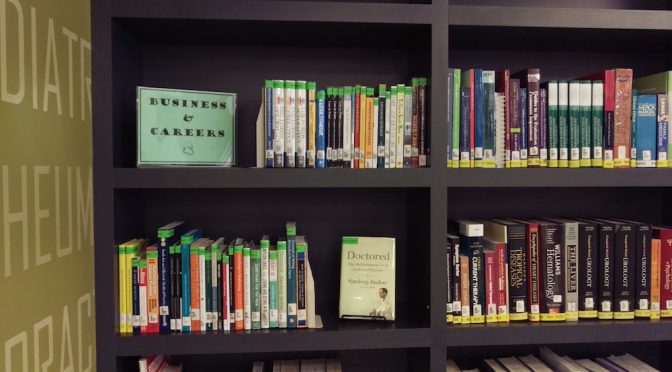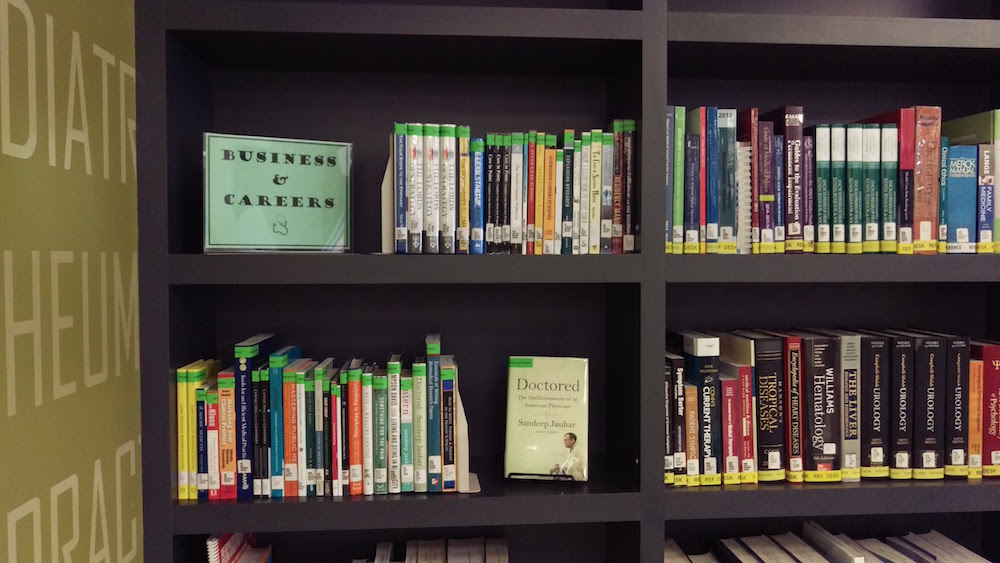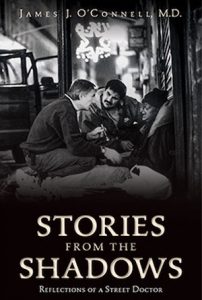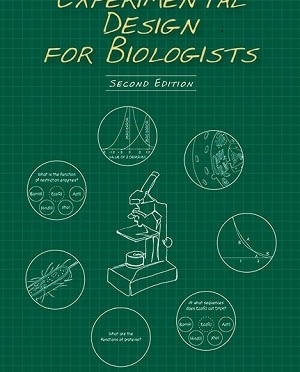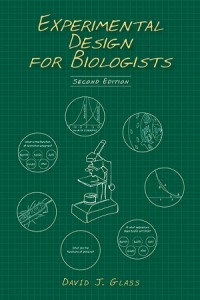Last month, I wrote about methods and resources for finding chemical information; this month, I will do the same for drug information. All the resources listed below are accessible from the ‘Find Chemical & Drug Information’ page in the Sackler School Biomedical Sciences Research Guide.
The following resources provide information on the clinical use of drugs (enter your Tufts username and password for off campus access):
AHFS Drug Information: From the American Society of Health-System Pharmacists, this book offers evidence-based information on the therapeutic use of drugs. The entry for each drug covers topics ranging from dosage and administration to lab test interference, and provide pharmacokinetic and pharmacodynamic information.
DynaMed Plus: This point-of-care resource provides evidence-based summaries for thousands of clinical topics. It includes drug monographs with detailed information on dosing, interactions, toxicology and pharmacokinetics.
Lexicomp Online: A point-of-care resource dedicated to drug information. Monographs have information on: dosing and administration; warnings and precautions; pharmacogenomics; and pharmacology. Lexi-Tox, a separate database within Lexicomp Online, provides information on the presentation, treatment and pharmacology of a variety of toxins.
For U.S. regulatory information:
U.S. Food and Drug Administration: The agency responsible for ensuring the safety and efficacy of drugs, vaccines and other biological products. Search Drugs@FDA to find official information, such as active ingredients, marketing status and approval letters, about approved drugs and biological products. The Orange Book, also known as Approved Drug Products with Therapeutic Equivalence, is an easy way to view a list of equivalent approved drugs. Entries have a link to patent and exclusivity information.
For information on the toxicology of drugs and chemicals:
TOXNET: Collection of databases from the National Library of Medicine. Two TOXNET databases, TOXLINE and Developmental and Reproductive Toxicology (DART), index the scientific literature on the biochemical, pharmacological, physiological and toxicological effects of drugs and chemicals. The suite of TOXNET databases also includes the Hazardous Substances Data Bank and the Comparative Toxicogenomics Database.




